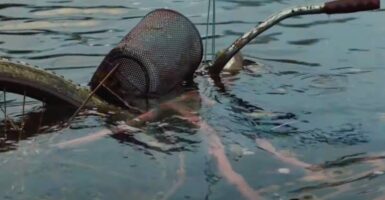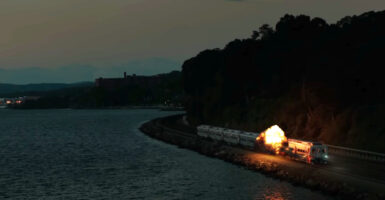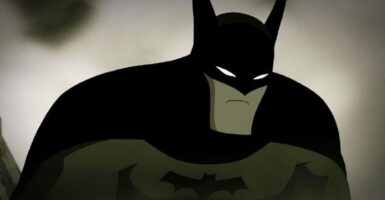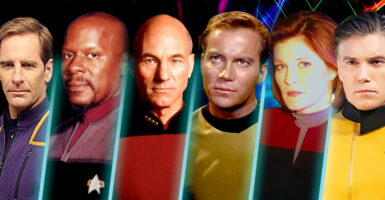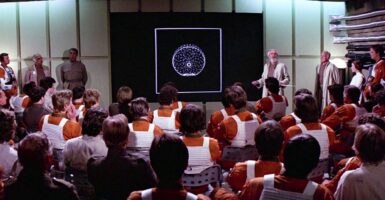Asteroid Hunting Spacecraft NEOWISE Is Back In Business
This article is more than 2 years old
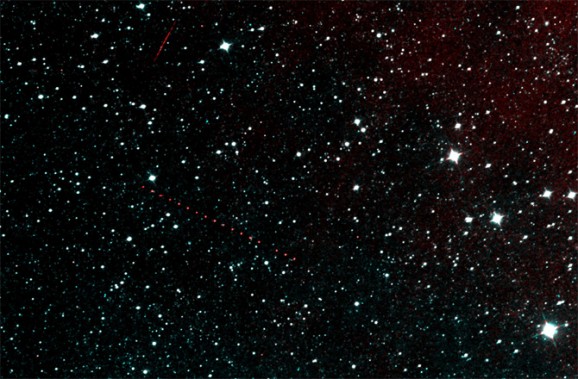 Forget diamonds — asteroids are the hottest rocks out there. And unlike most objects, celestial or otherwise, asteroids have a particularly compelling dichotomy. On the one hand, they’re mineable and they provide a wealth of resources that could benefit us on Earth, as well as catalyze space exploration. On the other hand, they present for some dodgy spacecraft flying conditions, obliterated the dinosaurs, and have wreaked havoc in Russia. Along with a slew of movies about asteroid apocalypses, these events have galvanized scientists and governments into action to detect (and hopefully prevent) threats posed by asteroids. Regardless of whether you think asteroids are cool or terrifying, or a bit of both, we have to be able to find them in order to do anything else with or about them. NASA has put out a call to help it find asteroids, but now the single best asteroid hunter, NEOWISE, is back in business.
Forget diamonds — asteroids are the hottest rocks out there. And unlike most objects, celestial or otherwise, asteroids have a particularly compelling dichotomy. On the one hand, they’re mineable and they provide a wealth of resources that could benefit us on Earth, as well as catalyze space exploration. On the other hand, they present for some dodgy spacecraft flying conditions, obliterated the dinosaurs, and have wreaked havoc in Russia. Along with a slew of movies about asteroid apocalypses, these events have galvanized scientists and governments into action to detect (and hopefully prevent) threats posed by asteroids. Regardless of whether you think asteroids are cool or terrifying, or a bit of both, we have to be able to find them in order to do anything else with or about them. NASA has put out a call to help it find asteroids, but now the single best asteroid hunter, NEOWISE, is back in business.
NASA’s Planetary Science Division’s NEOWISE (Near-Earth Object Wide-field Infrared Survey Explorer) found 158,000 asteroids in 2010. Thirty-four thousand of them were new asteroids, and of those, 135 are near-Earth objects. NEOWISE was shut off in February 2011, about four months after the frozen hydrogen cooling in the telescope ran out, and astronomers have been working with the data it gathered ever since. The spacecraft, which had been hanging out in space in good spirits, has now been turned back on.
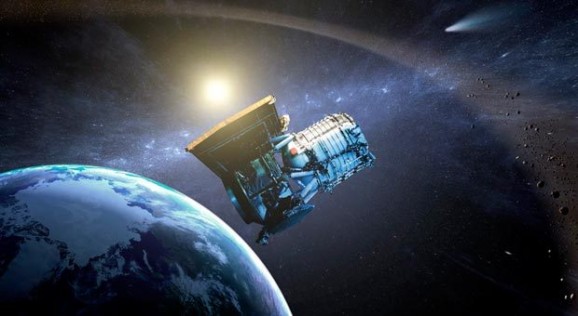
Before the coolant ran out, NEOWISE (then just WISE) looked for more than asteroids, scouring the entire infrared sky for other galaxies, comets, and brown dwarfs. In its new phase, only two of its four infrared instruments work, which means it will be fixating its search on asteroids.
NEOWISE Principal Investigator Amy Mainzer says that “the new images look just as good as they were before hibernation.” She hopes that the craft will discover its first new space rock in two years shortly. The picture at the top of the post shows the 872 Holda, a 26-mile-wide asteroid belt, passing through the Pisces constellation. From the look of it, Mainzer’s assessment of the quality of the images seems accurate.
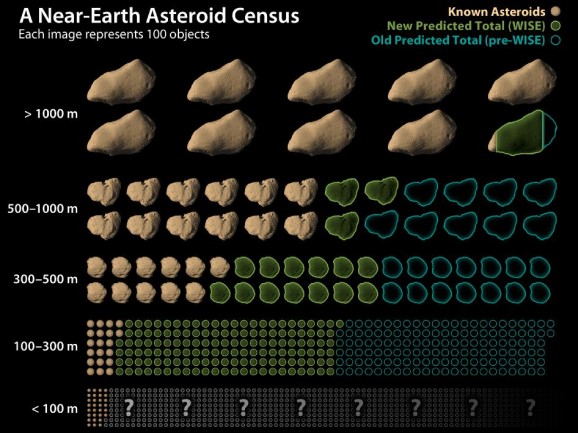
NEOWISE made headlines when, during a conference, a caller wanted to know about the dangers of Niribu, or Planet X, which doomsdayers believe will collide with Earth in the next century. During that conference, Mainzer answered the Niribu-related question vaguely enough, apparently, to support conspiracy theorists (at about 3:30 in the clip below). No wonder NEOWISE took a sabbatical!

